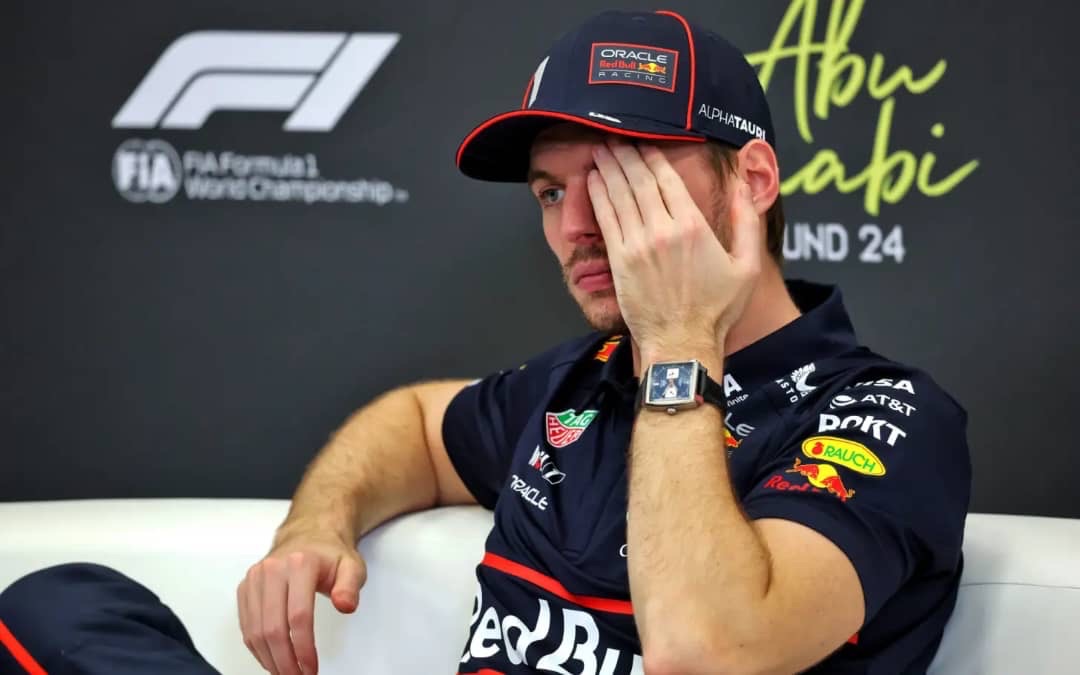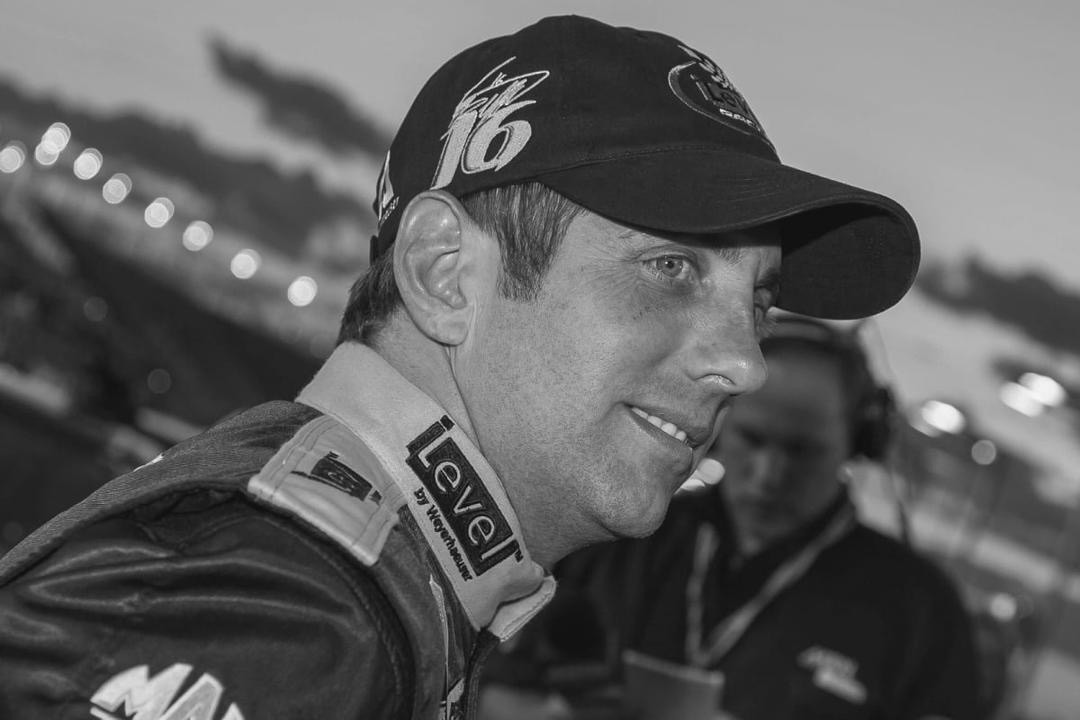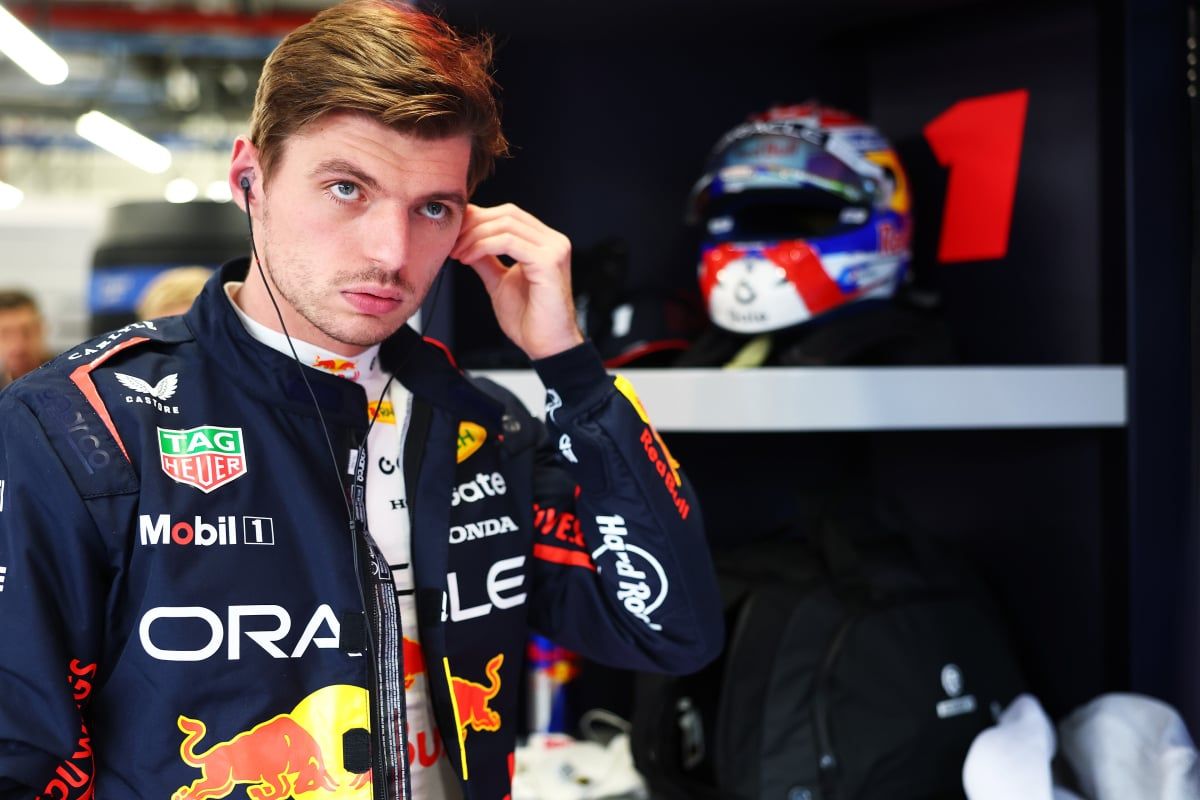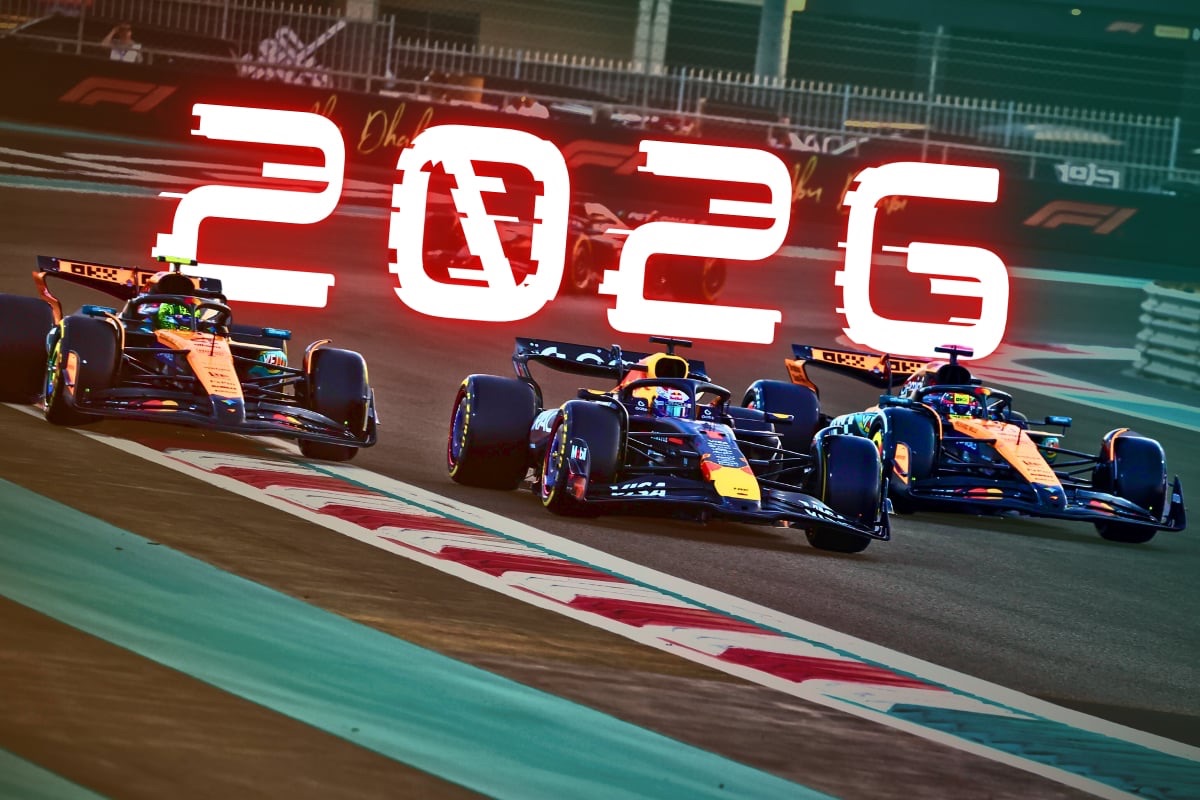FIA announce Japanese Grand Prix grid penalty over Lewis Hamilton qu… read more
The FIA has announced a grid penalty following a qualifying incident involving seven-time Formula 1 world champion Lewis Hamilton and Ferrari driver Carlos Sainz during the Japanese Grand Prix weekend. The incident occurred during the crucial qualifying session when Hamilton was on a flying lap, attempting to set a fast time to secure a competitive grid position for the race. However, Sainz, who was on an in-lap after completing his own push lap, ended up causing a significant disruption to Hamilton’s attempt.
At the time, Hamilton was setting up for a quick lap around the Suzuka circuit. As he approached Turn 1, he was confronted with the unexpected sight of Sainz driving slowly in the middle of the track. Sainz, whose qualifying session had not gone as planned, had already completed his push lap and was beginning his in-lap, which meant he was not pushing for time anymore. However, his car was positioned in a way that forced Hamilton to take evasive action to avoid a collision. Hamilton had to swerve off track at the last moment to prevent hitting Sainz’s car, which greatly compromised his qualifying effort.
The incident quickly caught the attention of the race stewards, who decided to investigate the situation. The investigation focused on the role both drivers played and whether the incident could have been avoided. The key evidence reviewed by the stewards included telemetry data, team radio communications, in-car video footage, and the statements of the involved drivers. The stewards heard from Sainz, his team representative, and Hamilton, analyzing all the available information before making their decision.
According to the FIA statement, Sainz was unaware that Hamilton was approaching on a flying lap. The Ferrari driver admitted that he had not received any warning from his team about Hamilton’s upcoming push lap, leaving him surprised when Hamilton appeared so quickly behind him. Sainz explained that due to the speed differential between the two cars and the angle of his own car, he could not see Hamilton in his mirrors, which led to the unexpected blocking situation at Turn 1.
While Sainz explained his side of the story, the stewards highlighted that Sainz’s team had been given ample warning of Hamilton’s position on track. With this information, the stewards believed the team could have advised Sainz to take the necessary action to avoid obstructing Hamilton, thus preventing the incident. This was a key factor in their decision-making process, as the stewards concluded that the responsibility lay with both the driver and the team to avoid such situations, especially when one driver is on a hot lap attempting to set a fast time.
The stewards noted that this type of incident is typically punished with a grid penalty, regardless of whether it was caused by the driver or the team’s failure to communicate effectively. Based on the standard penalty guidelines, the stewards decided to impose a three-place grid penalty on Carlos Sainz. As a result, Sainz, who had been knocked out in Q2 and was already set to start the race outside of the top ten, will now start from 15th place on the grid.
Hamilton, who was affected by the incident and had to modify his driving to avoid Sainz’s car, was able to finish his qualifying session in P8. This position left him with significant work to do ahead of Sunday’s race, as he would have to fight for positions during the race. Meanwhile, Sainz’s penalty places him even further down the grid, meaning he will face a much harder task in trying to recover and score points for Ferrari.
The FIA’s decision to impose a grid penalty reflects the importance of ensuring that drivers are aware of each other’s positions, especially during key moments in qualifying when fast laps are critical. This incident serves as a reminder to teams and drivers about the necessity of clear communication during qualifying, particularly when multiple cars are on different parts of the track. The penalty serves as a deterrent to prevent such incidents in the future and encourages more caution when managing on-track situations during qualifying sessions.
The Japanese Grand Prix will now see Sainz start further down the grid, while Hamilton, although affected by the incident, will aim to make up positions during the race itself. The race will be a test of both drivers’ abilities to overcome the setbacks they faced in qualifying.



